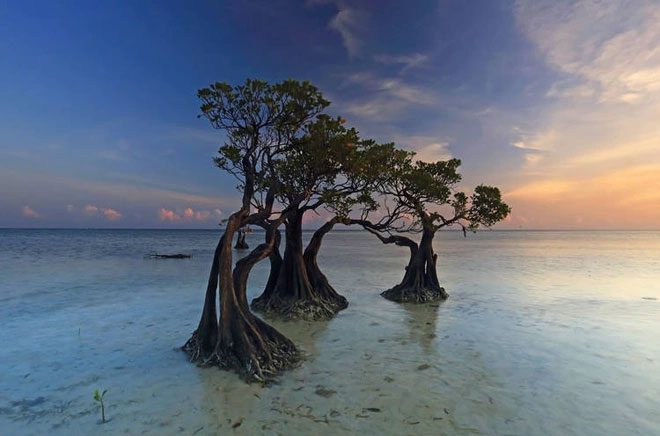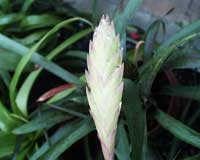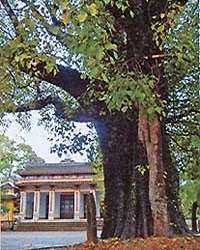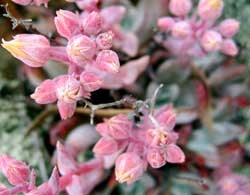The “dancing” trees got their name because they seem to sway in the sunlight as dusk falls.
Sumba Island, a remote gem of Indonesia, is renowned for its tranquil waters, the white sandy Walakiri Beach, and many other wonders.

The uniquely shaped mangrove forest along the beach.
However, that is not the main reason why people flock to this “tropical paradise.”
What attracts visitors to Sumba Island is the uniquely shaped mangrove forest that lines the beach, famously known as the “dancing trees.”
According to the local people, this name comes from the fact that they seem to sway in the sunlight as dusk falls.

The term “dancing” seems to refer to the gently curving trunks and branches.
Many professional photographers and botanists from around the world have come to Walakiri Beach in Sumba to capture the perfect photograph of this unique mangrove forest.
They also hope to capture a moment when these trees truly appear to move, just as their name suggests.
However, it seems that the term “dancing” merely describes the gently curving trunks and branches, resembling the silhouette of a person dancing in their own way.
Thus, these trees do not actually move to “dance” as their name implies.
According to botanists, the species that grow in mangrove forests or those surrounded by water often have quite unusual shapes, not adhering to any particular rules.

The main function of dancing trees is to reduce erosion and protect coastal soil from wave impact.
This occurrence is due to the water’s surface reflecting sunlight at various angles, causing uneven growth of the trees. Botanists call this the phenomenon of “phototropism” influenced by plant hormone auxin, which drives them to grow towards the light right from the beginning of their life cycle.
Additionally, the ecological environment of mangrove forests serves as a transition between the sea and land. Consequently, the distribution, growth patterns, and species composition of mangrove forests are influenced by various ecological factors, such as climate, hydrology, salinity, and substrate, which have yet to be fully assessed or confirmed regarding their significance and impact on tree development.
The main function of dancing trees is similar to that of other mangrove forests, which is to reduce erosion and protect coastal soil from wave impacts. Moreover, they also help filter out nutrients, sediments, and pollutants from the ocean and rivers, thereby purifying water for surrounding ecosystems.




















































